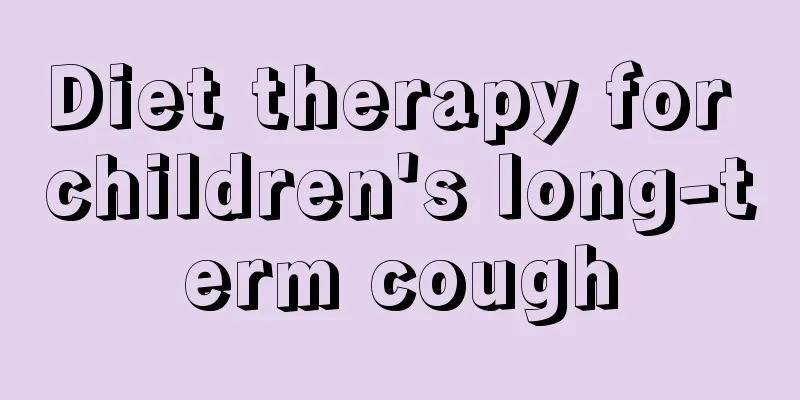What is considered a fever in children?

|
It is not uncommon for children to have fever in today's weather. Many children have poor immunity and often have fever due to catching a cold. In fact, parents may not notice when a child has a fever in the early stages. Let us understand how to measure a child's fever! Introduction to high fever in children Fever is a common symptom of many diseases. The normal body temperature in children is usually measured by a rectal temperature of 36.5-37.5℃ and an axillary temperature of 36-37℃. Normally, axillary temperature is 0.2 to 0.5°C lower than oral temperature (sublingual temperature), and rectal temperature is about 0.5°C higher than axillary temperature. If the axillary temperature exceeds 37.4°C and the body temperature fluctuates by more than 1°C during the day, it can be considered as a fever. The so-called low fever refers to an axillary temperature of 37.5℃~38℃, moderate fever 38.1℃~39℃, high fever 39.1℃~40℃, and hyperpyrexia above 41℃. A fever lasting more than two weeks is considered long-term fever. 1. What causes high fever in children? 1. Acute high fever. 1. Infectious diseases: early stages of acute infectious diseases and acute infectious diseases of various systems. 2. Non-infectious diseases: heat stroke, neonatal dehydration fever, intracranial injury, convulsions and epileptic seizures, etc. 3. Allergic reactions: allergies, foreign serum, vaccination reactions, infusion and blood transfusion reactions, etc. (2) Prolonged high fever. 1. Common diseases: sepsis, salmonella infection, tuberculosis, rheumatic fever, juvenile rheumatoid arthritis, etc. 2. Rare diseases: malignant tumors (leukemia, malignant lymphoma, malignant histiocytosis), connective tissue diseases. 2. Symptoms: What are the symptoms of high fever in children and how to diagnose it? The axillary temperature exceeds 37.4°C, and the body temperature fluctuates by more than 1°C during the day. Low fever refers to an axillary temperature of 37.5℃~38℃, moderate fever refers to 38.1℃~39℃, high fever refers to 39.1℃~40℃, and hyperpyrexia refers to above 41℃. A fever lasting more than two weeks is considered long-term fever. What tests should be done to check for high fever in children? Common blood, urine and stool tests are the first choice for screening. Increased total white blood cell count and neutrophil counts are often considered bacterial infections; decreased white blood cell counts are more likely to be viral or bacillary infections In the article, we learned what degree is considered a fever in children. First of all, it is because the child’s immunity is not enough, and the growth of many bacteria in the body may cause high fever in children. Mothers should pay attention and measure their children’s body temperature in time. |
<<: What to do if your child has a fever
>>: Reasons why newborn babies fart
Recommend
What to do if your newborn has chapped lips
In autumn and winter, the weather is relatively d...
How to make your child’s skin whiter?
Many children like to play outside, which often c...
How to treat nosebleeds in children?
If children are not careful when eating or playin...
How can primary school students improve their physical fitness?
Primary school students are in the stage of physi...
Can children's hyperopia and astigmatism be cured?
After children suffer from hyperopic astigmatism,...
How long does it take for a child's sinusitis to heal?
Most children suffer from rhinitis because they d...
How to improve the child's fear of taking a bath
Children are lively and active, and their metabol...
What should I do if my baby doesn't cough during the day but coughs at night?
There is a reason why your baby doesn't cough...
What to do if the baby won't eat anything
Babies are more important than anything else to p...
How to deal with supernumerary teeth in children
Supernumerary teeth are also called extra teeth i...
What causes cerebral palsy? Does pregnancy have anything to do with it?
Nowadays, the incidence of cerebral palsy in chil...
There are 3 ways to check for mycoplasma infection in children
Mycoplasma infection in children is a common dise...
Are mosquito repellent buckles harmful to babies?
We all know that mosquitoes are particularly anno...
Normal range and prevention of high myocardial enzymes in children
Children have weaker resistance and are more like...
What are some tips on how to teach your baby to walk?
When babies learn to walk, parents feel very happ...









